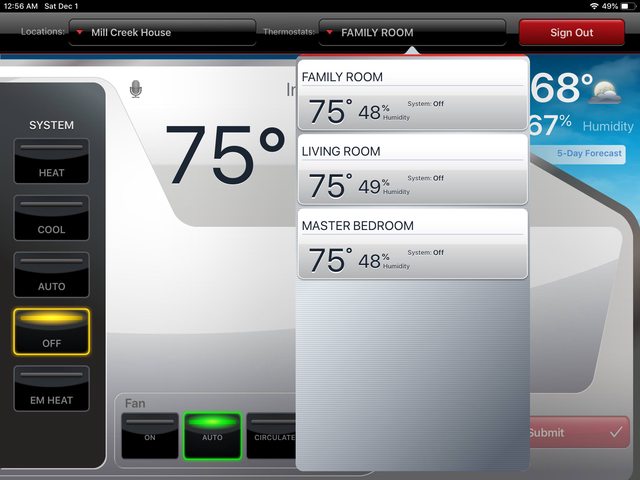Hi,
My current thermostat is failing (LCD screen is illegible). Thinking about upgrading to a wifi enabled one. This is for hydronic heat only, no AC attached. The current thermostat has 2 active wires and a spare unused wire (before I finished the basement, I ran a 3wire cable from the double relay control panel to the to the thermostat). I've included photos of the thermostat base, and the control panel (adjacent to the boiler and indirect water heater, which is the "priority" zone on the dual relay panel). I don't see a common wire terminal anywhere in this relay panel. My preference is to power a new thermostat with a common wire, not via battery or via how some thermostats steal power without triggering the heat to come on. I'd appreciate any guidance offered on what I should do or add to get a common wire terminal available.
Thanks!
Theodore





My current thermostat is failing (LCD screen is illegible). Thinking about upgrading to a wifi enabled one. This is for hydronic heat only, no AC attached. The current thermostat has 2 active wires and a spare unused wire (before I finished the basement, I ran a 3wire cable from the double relay control panel to the to the thermostat). I've included photos of the thermostat base, and the control panel (adjacent to the boiler and indirect water heater, which is the "priority" zone on the dual relay panel). I don't see a common wire terminal anywhere in this relay panel. My preference is to power a new thermostat with a common wire, not via battery or via how some thermostats steal power without triggering the heat to come on. I'd appreciate any guidance offered on what I should do or add to get a common wire terminal available.
Thanks!
Theodore

